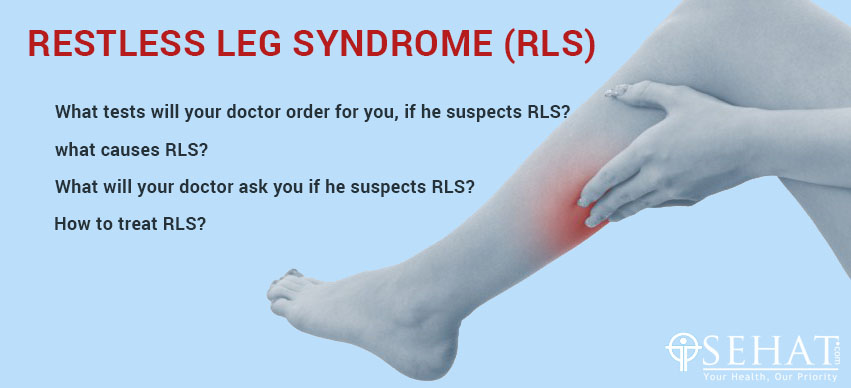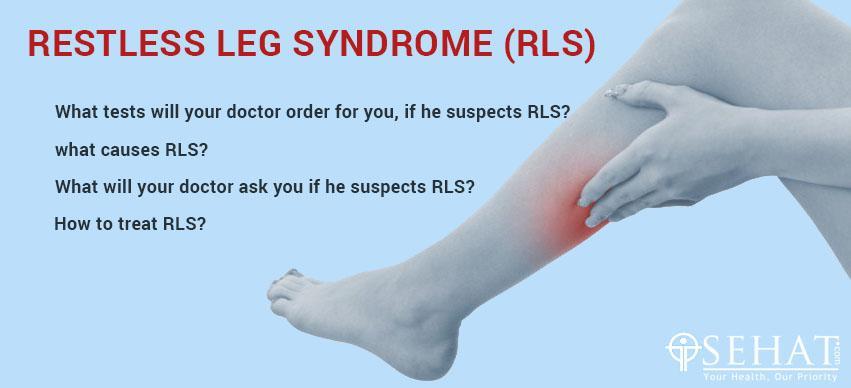Nanoparticle Therapy – An Emerging Cancer Treatment
5 Min Read


Whenever we hear about RLS, it often comes to our mind that what actually is RLS?? Are you really suffering from RLS? Read on to know…
Restless leg syndrome is a condition, characterized by urge to move legs. Most commonly it’s the legs but not exclusively the legs. There are associated abnormal sensations, described as tingling, burning, and insects crawling under the skin.
Now, the classical feature of RLS is that these abnormal sensations are relieved partially the by movement, the symptoms worse in the evening.
So, there is an Urge to move the legs as the relief in sensations is there. It causes great distress and disturbance of sleep compromising the quality of life.
If any issues are found, they are treated and if nothing is found and symptoms are consistent with RLS, treatment for Idiopathic RLS is instituted.
Criteria for Diagnosis of RLS (British Medical Journal, BMJ 23 May, 2012).
Treatment of the cause is the best treatment for RLS. If iron deficiency is found, your doctor will prescribe you Iron supplements.
Now, most difficult is to treat Idiopathic RLS. Not all patients need treatment, and only about 20% require drugs. Supportive measures include avoidance of alcohol, Caffeine, and smoking.
Education on good sleep hygiene and how to avoid stress is given.Unnecessary pill popping is strongly discouraged.
Drugs are considered in patients with symptoms that impair quality of life, sleep, in spite of correction of any cause if found like iron deficiency.
Your Doctor will prescribe medications if the above therapy does not work. Drugs used for the purpose are Dopamine agonists like Ropinirole, Pramipexole, and Rotigotine.
Gabapentin and Pregabalin are also approved by FDA in the treatment of RLS.
Sehat provides list of best Orthopedicians in Hyderabad from which you can research and choose the right doctor for your condition.